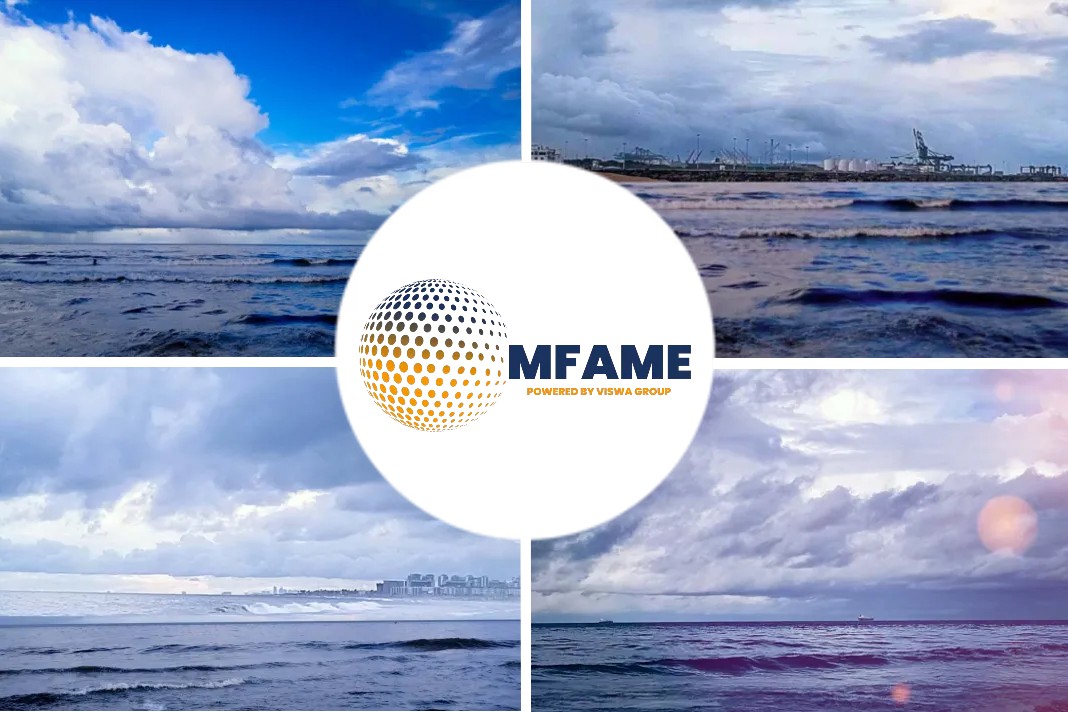
Technology group Wärtsilä has introduced an even more efficient version of its Wärtsilä 31DF engine. This upgraded engine operates on LNG and significantly reduces methane emissions and nitrogen oxide (NOx), says an article published on Wärtsilä website.
- Wärtsilä’s introduction of this ultra-low emissions version of the Wärtsilä 31DF engine represents a significant stride in reducing methane emissions in the shipping industry.
- The collaboration with Wasaline and the successful testing on the Aurora Botnia ferry underlines the commitment to environmental sustainability and innovation.
- The new version decreases methane emissions by up to 56% and NOx by up to 86% on a 50 percent load point.
Key Features
Reduced Methane Emissions: The new version decreases methane emissions by up to 56% and NOx by up to 86% on a 50 percent load point. On average, it reduces methane emissions by an additional 41% compared to the already low-emission standard Wärtsilä 31DF engine.
Tested and Verified: The engine was tested on Wasaline’s Aurora Botnia ferry as part of EU co-funded projects. An independent study conducted by VTT verified the exceptional results, showcasing a 10% reduction in the ferry’s methane emissions.
Collaboration and Impact
Partnership with Wasaline: Wärtsilä collaborated with Wasaline to reduce emissions on the Aurora Botnia ferry, recognized as the most environmentally friendly RoPax ferry today.
Decarbonization Focus: Both companies are committed to sustainable shipping and have worked together to create a technologically advanced solution, contributing to the decarbonization efforts in the shipping industry.
Significance and Future Impact
Environmental Benefits: The innovation significantly reduces methane emissions, a potent greenhouse gas, contributing to lowering GHG emissions from engines in the shipping industry.
Long-Term Viability: The new engine version allows ship operators to further reduce methane emissions, potentially preparing their vessels for future, stricter global regulatory requirements.
Continued Commitment to Decarbonization
Wärtsilä’s Efforts: Wärtsilä continuously strives to improve efficiency and reduce emissions. This innovation represents a crucial step in the company’s journey towards decarbonization.
Focus on LNG Fuel: Wärtsilä’s commitment to improving dual fuel technology and reducing methane emissions contributes to the long-term sustainability of LNG as a marine fuel.
The Impact of Reducing Methane Emissions
Potency of Methane: While the amount of methane emitted from engines might be relatively small in percentage, it is significantly more potent than CO2 (up to 28 times greater). Efforts to cut methane emissions can effectively reduce overall GHG emissions from engines, complementing other strategies to reduce CO2 emissions.
Did you subscribe to our daily newsletter?
It’s Free! Click here to Subscribe!
Source: Ship and bunker
























